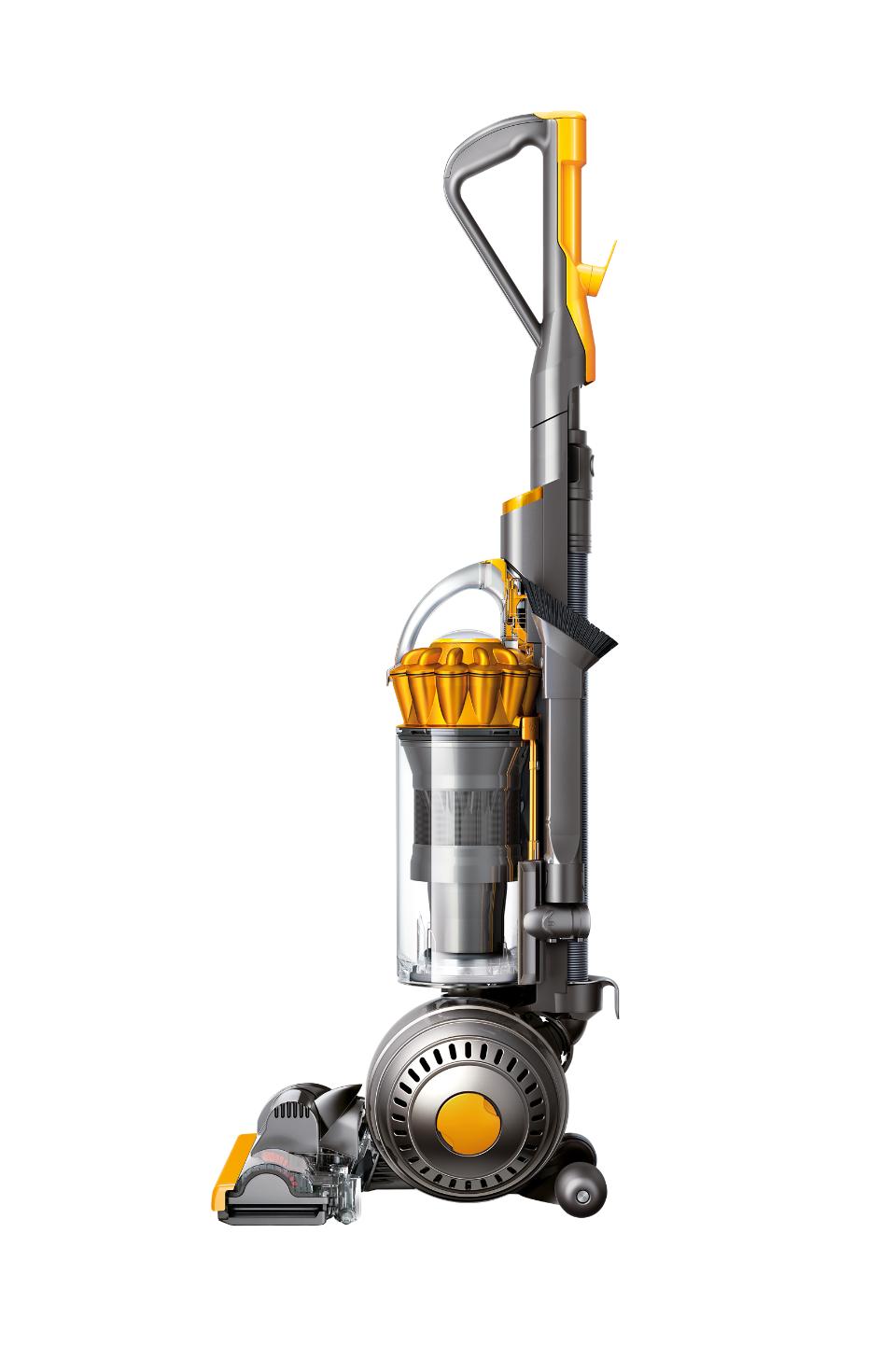BELLA Cotton Candy Maker, Red & White
Cotton candy maker works with granulated sugar, sugar-free and hard candy. Comes apart for easy cleaning. Backlit power switch on the side for easy on and off. Electrically powered cotton candy maker.
The treat you love to share at the circus is coming to the comfort of your home with this easy-to-use BELLA Cotton Candy Maker. Simply add hard candies or granulated sugar and be amazed as this fun-filled tool transforms it into a soft candy cloud. The electric cotton candy maker has detachable parts for easy cleaning and the bowl, lid, cones and rotating disk are dishwasher safe. It also includes a power switch on the side for easy on and off and feet for added stability.
BELLA Cotton Candy Maker, Red & White:
- Cotton candy maker works with granulated sugar, sugar-free and hard candy
- Comes apart for easy cleaning
- Backlit power switch on the side for easy on and off
- Electrically powered cotton candy maker
- Includes 3 plastic cones and 1 measuring spoon
- Dishwasher-safe bowl, lid, cones and rotating disk
- Delicious recipes available at the BELLA website
- Red and white BELLA 13572
- 4 feet for enhanced stability on countertops
Additional information
| Manufacturer Part Number | 13572 |
|---|---|
| Assembled Product Weight | 2.75 lbs |
| Assembled Product Dimensions (L x W x H) | 12.40 x 12.40 x 8.26 Inches |











by Sharada
Worked well! we had fun making the cotton candy. simple machine and easy to follow instructions. We got nice cotton candies with the sanding sugar(coloured baking sugar) and plain white cane sugar. we even tried breaking hard candies in to small pieces and could make nice colourful and flavourful cotton candies. only cons is the clear plastic lid doesnot fits well. one has to hold it while making candies. but not a big issue compared to fun of making cotton candies at home.
by Danny
does make cotton candy. grandkids were happy.
by Ashlie
My kid loves it! Hours of fun! Just wish it was a little easier to clean!
by Carol
Make sure you allow it to heat up to get the best results! Great Item!!